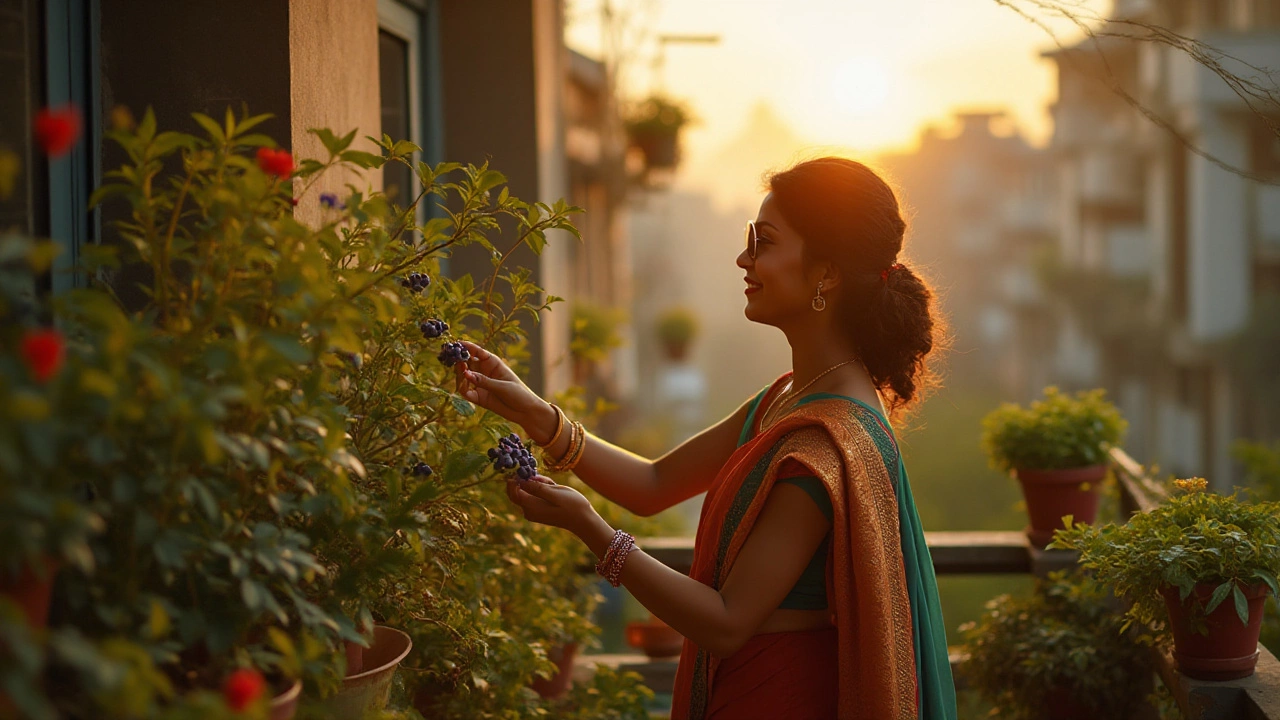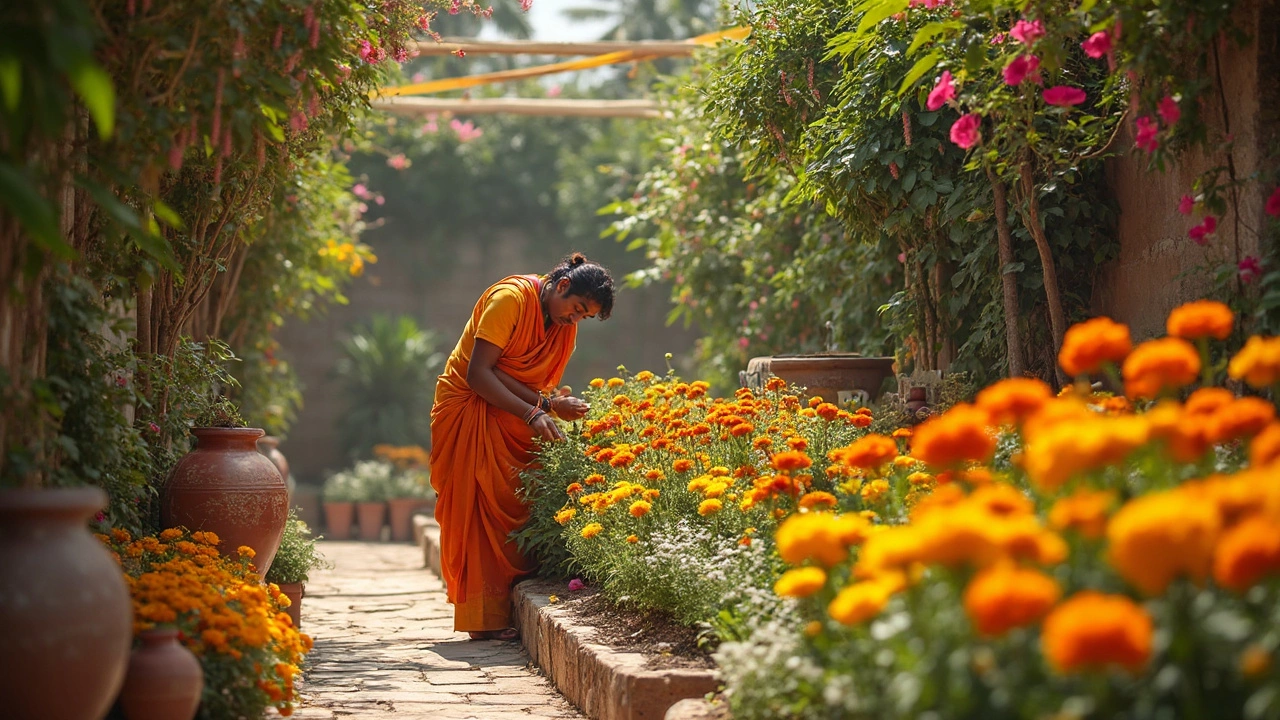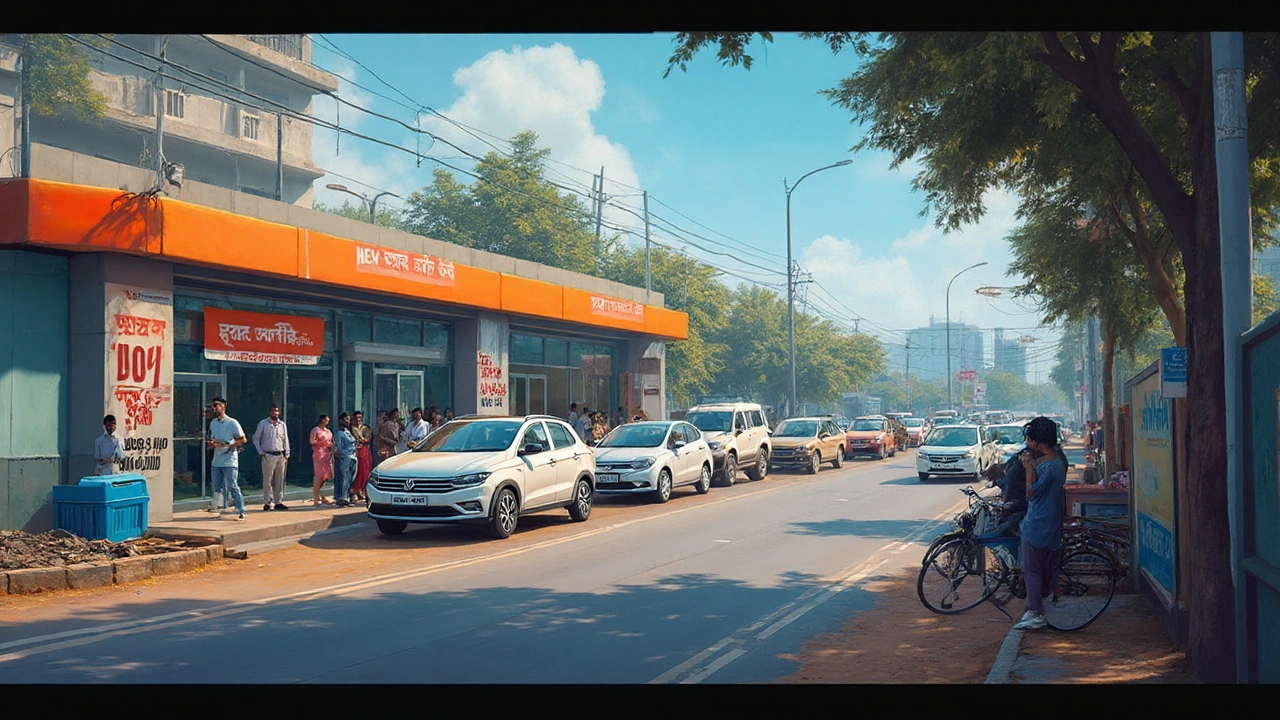Container Gardening Guide: Watering, Soil, and Tools for Thriving Pots
When you start Container Gardening, growing plants in pots, hanging baskets, or any confined space. Also known as pot gardening, it lets you grow food, flowers, or herbs even if you lack a yard. Success hinges on three core ideas: a reliable watering schedule, accurate soil moisture monitoring, and the right delivery method such as drip irrigation. Understanding how these pieces fit together makes the whole system work, and you’ll avoid the common mistake of over‑watering or letting soil dry out completely. That’s why container garden watering is the most searched phrase in this niche.
Why a Consistent Watering Schedule Matters
Every container garden needs a rhythm. Unlike ground beds, pots lose water fast because the soil is shallow and exposed to wind and sun. A schedule doesn’t mean a rigid clock; it means checking moisture at the same times each day and adjusting for weather. In hot summer weeks you might water every morning, while cooler evenings need less. The schedule also helps you plan fertilizer applications, because most nutrients dissolve in water. By syncing watering with feeding, you give plants the exact nutrients they can absorb, which reduces waste and keeps leaves green.
One practical tip is the finger test: press a finger two inches into the soil. If it feels dry, it’s time to water. For larger pots, a wooden chopstick works just as well – insert it, pull it out, and look for dark soil clinging to it. This simple method replaces guesswork and keeps the schedule realistic for busy people.
When you combine this schedule with a moisture‑meter, you add precision. Digital meters show exact percentages, letting you set a target range like 40‑60% for most vegetables. Staying within that window stops root rot caused by soggy soil and avoids drought stress that wilts leaves.
Managing Soil Moisture in Small Spaces
Soil moisture isn’t just about water amount; it’s also about the medium you use. A blend of peat, perlite, and compost holds water long enough for roots but drains excess quickly. Adding a layer of mulch on top of the pot surface slows evaporation, especially on sunny balconies. Mulch can be shredded bark, straw, or even coconut coir – just avoid organic mulch that breaks down fast and blocks airflow.
Temperature plays a hidden role. Heat raises evaporation, so shading pots during peak sun hours helps maintain moisture. You can use a lightweight shade cloth or position pots on the north side of a wall. Remember, the goal isn’t to keep soil constantly wet but to keep it evenly moist.
Another tip: use a saucer under the pot to catch runoff. After watering, let the excess sit for a few minutes, then discard it. This prevents water from sitting at the bottom and creating a water‑logged zone where roots can rot.
Drip Irrigation: The Smart Way to Water Containers
Drip irrigation brings automation to container gardening. Tiny emitters deliver water directly to the soil, reducing evaporation and keeping leaves dry – a key factor in preventing fungal diseases. You can buy a simple kit with a timer, tubing, and several emitters that plug into standard pot lids. Set the timer for short bursts, like 5‑10 minutes, a couple of times a week, and let the system do the rest.
The system also makes it easy to apply liquid fertilizer. Mix the fertilizer into the water reservoir and the plants receive nutrients with each drip cycle. This method ensures even distribution and reduces the risk of over‑fertilizing, which can burn roots.
For those on a budget, a DIY version using a squeeze bottle and small holes works just as well. The principle stays the same: water goes straight to the root zone, not the leaves.
Choosing the Right Containers and Media
Not all pots are created equal. Light‑weight fabrics like felt allow roots to breathe, while heavy terra cotta absorbs moisture and may need more frequent watering. If you live in a windy area, choose sturdy plastic or ceramic containers that won’t tip over. The pot size matters too – a general rule is to add one inch of pot diameter for each inch of plant height you expect.
Drainage holes are non‑negotiable. Without them, water pools at the bottom and chokes roots. If a pot lacks holes, drill a few yourself or line the bottom with a mesh screen before adding soil.
Common Mistakes and Quick Fixes
Many beginners over‑water because they think more water equals healthier plants. The opposite is true: soggy soil starves roots of oxygen. If you notice yellowing leaves and a foul smell, pull the plant out and check the roots. Trim any mushy sections and repot in fresh, well‑draining mix.
Another error is using garden soil straight from the yard. It’s too dense for containers and holds water longer than plants need. Always use a potting mix designed for containers.
Lastly, don’t forget to rotate your pots every week. Sunlight can scorch one side, leading to uneven growth. A quick turn ensures all sides get equal light.
All these tips tie back to the core idea that container gardening works best when you treat watering, soil moisture, and delivery method as a linked system. Below you’ll find articles that dig deeper into each of these topics, from daily watering myths to advanced drip‑irrigation setups, so you can pick the exact advice you need for your own mini‑garden.
Growing Blueberries on Your Apartment Balcony: A Practical Guide
If you've ever dreamed about picking fresh blueberries right from your balcony, you're in luck. Growing blueberries in a limited space is totally doable with the right approach. This article explores practical tips and methods for cultivating blueberries in containers right on your balcony. From selecting the right variety to ensuring the best soil conditions, you'll find everything you need to start your own small blueberry haven. The amazing benefits, such as adding a natural touch to your urban living space, are just a bonus.
- manufacturing
- India
- food processing
- garden tips
- rice cultivation
- government schemes
- balcony garden
- urban gardening
- balcony gardening
- profitable business
- business ideas
- plastic manufacturing
- drip irrigation
- plant care
- steel manufacturing
- sustainable gardening
- startup ideas
- steel industry
- flower gardening
- textile manufacturers






